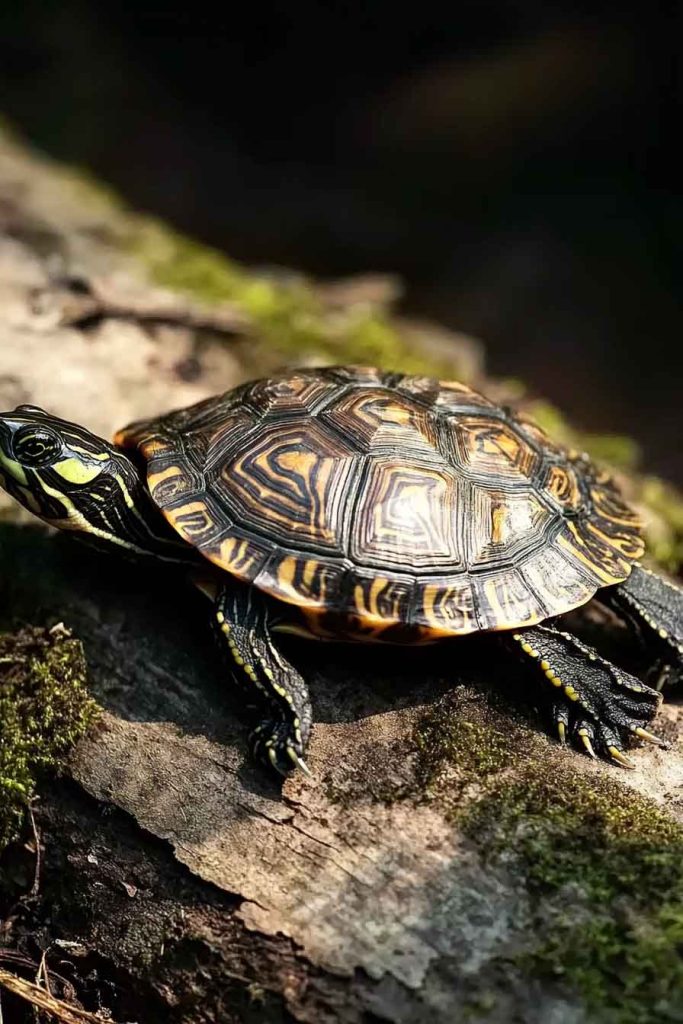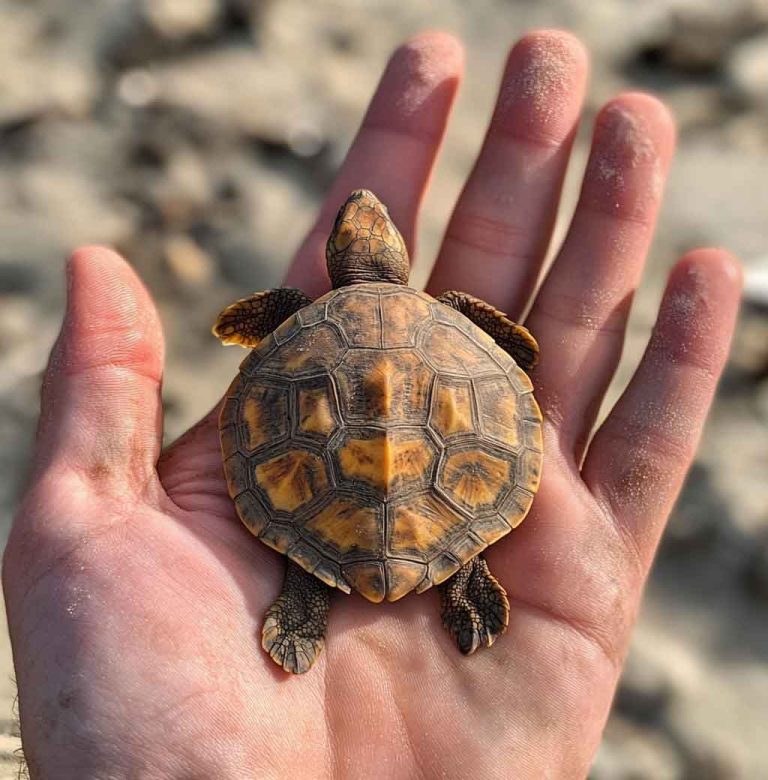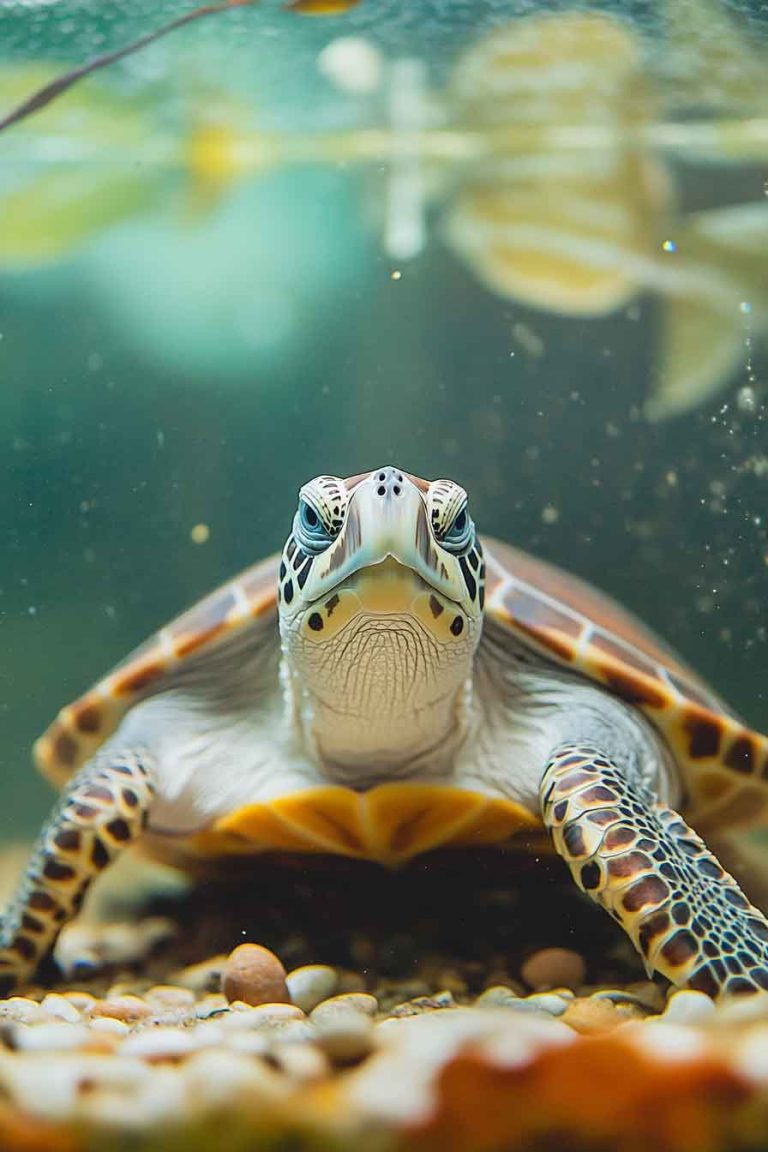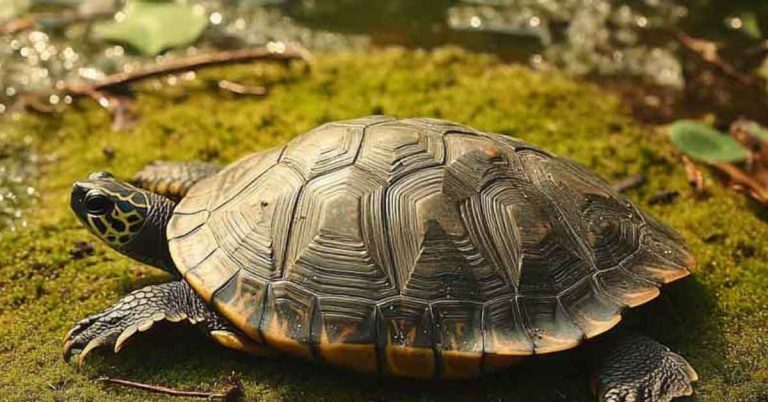Do Florida Softshell Turtles Bite? How Dangerous Are They Really?
Thinking of getting a Florida softshell turtle? I’ve been in your shoes — excited, curious, and a little nervous. These turtles look sleek and interesting, almost like creatures from another time. But here’s the thing that caught me off guard in the beginning: they can bite, and when they do, it’s no joke. So let’s…
Thinking of getting a Florida softshell turtle? I’ve been in your shoes — excited, curious, and a little nervous. These turtles look sleek and interesting, almost like creatures from another time. But here’s the thing that caught me off guard in the beginning: they can bite, and when they do, it’s no joke.
So let’s answer the big question upfront — do Florida softshell turtles bite? Yes. And not in a “cute nibble” kind of way. Their bites can be fast, strong, and even dangerous if you’re not careful. I’ve owned mine for a while now, and trust me, if there’s one thing you should understand before getting one, it’s how their bite works and how to avoid being on the receiving end of it.
Do Florida Softshell Turtles Bite?
Absolutely, they do. Unlike other common pet turtles that might give a light nip now and then, Florida softshell turtles are in a different league. These aren’t your slow, passive turtles — they’re aggressive by nature, highly reactive, and have serious strike speed.
What makes them so dangerous is their combination of features. First, they have a long, flexible neck, almost snake-like. I’m talking about a neck that can reach back and around faster than you’d expect — even from behind. Second, their sharp beak-like mouth can cut into flesh. No teeth, but it doesn’t matter. That beak is designed to rip through prey in the wild — like fish, frogs, and even ducklings.
When I first started handling mine, I made the mistake of reaching in without thinking. I didn’t even see it coming. One quick snap, and boom — I had a deep cut on my knuckle that took a week to heal. It wasn’t trying to hurt me on purpose. It was just scared, and I didn’t respect its space.

Understanding Why Florida Softshell Turtles Bite
Here’s the truth most pet stores won’t tell you: Florida softshell turtles are not beginner pets. Their behavior is wild-like, and biting is part of their natural response to fear or surprise. If you’re not familiar with their body language, you could easily provoke a bite without meaning to.
From my experience, these are the main reasons they’ll snap:
1. They Feel Cornered or Threatened
Softshell turtles are naturally skittish. If they think something is trying to grab them or sneak up on them, they don’t wait to find out — they go into defense mode. That means a quick lunge and a painful bite. Even just reaching near them too quickly can trigger this response.
2. They’re Not Comfortable Being Handled
Some turtles tolerate human interaction over time. Not this one. Florida softshell turtles are not fans of touch, and trying to pick them up without experience will almost always end with them trying to defend themselves. Mine still doesn’t like to be handled, and I’ve learned to respect that boundary.
3. They Mistake You for Food
If you’re feeding them by hand — or worse, if your fingers smell like shrimp or pellets — you’re asking for a bite. Their eyesight isn’t great out of the water, and they don’t have the best aim. So they go for movement. And if your hand is what’s moving, it becomes a target.
One time, I was dangling a worm just above the surface, and my turtle launched up and got my fingertip instead. No hesitation. Since then, I use long feeding tongs. Way safer.
4. They’re Stressed Out
Stress is another huge trigger. Things like loud noises, changes in their tank setup, rough handling, or even too much attention can make them feel insecure. And when they’re stressed, they’re more likely to snap. It’s not personal — it’s just survival instinct.
Can a Florida Softshell Turtle Bite Off a Finger?
I hate to scare you, but let me be honest: it’s possible. Especially with adult softshells that are over 12 inches long. They have strong jaws and razor-sharp beaks, and when provoked or mishandled, they can deliver a bite that cuts deep — even to the bone.
Will every turtle do this? No. But if you don’t handle them properly, especially when they’re agitated, the risk is real. I’ve met a keeper who needed stitches after getting bitten by a large female. It’s not common, but it can happen.
My rule? Always respect the turtle’s space. I never let kids or guests handle mine. And I only do hands-on care when it’s absolutely necessary, like tank cleanings or health checks — and always with gloves or feeding tools.

What Happens If a Florida Softshell Turtle Bites You?
If you’ve just been bitten, don’t panic — I’ve been there. What happens next depends on how deep the bite is. A minor nip might just leave a red mark or a little swelling, while a stronger bite can break the skin, draw blood, or even bruise the bone underneath.
The first time I got bit, it was more than just a little pinch — it felt like someone jammed a nail into my skin. The bleeding wasn’t bad, but the sharpness of the beak made a clean, painful cut. And I’ll be honest, it hurt for a few days.
Here’s what I always do after a bite:
- Don’t yank your hand away. I know that’s hard, but pulling back suddenly can cause more tearing.
- Wash the area thoroughly with warm water and antibacterial soap.
- Use an antiseptic like hydrogen peroxide or Betadine to prevent infection.
- Apply a bandage if the skin is broken, and keep it clean over the next few days.
- If the bite is deep, swollen, or red after 24 hours, go see a doctor. It’s not worth risking an infection.
How To Avoid Getting Bitten by a Florida Softshell Turtle
Over time, I’ve figured out ways to work around my turtle’s mood and behavior so I don’t get snapped at anymore. These tips have worked for me, and they’ll save you pain — literally.
1. Use Feeding Tongs
Don’t hand-feed these guys. I know it seems like a bonding experience, but it’s just not worth the risk. Use long tongs or a feeding stick to place food in the water from a safe distance.
2. Avoid Sudden Movements
Softshell turtles are naturally skittish. Fast motions make them defensive. I always move slowly and steadily when I’m around the tank, especially when I have to reach in.
3. Limit Handling
This turtle species just doesn’t like being picked up. Unless it’s 100% necessary — like during tank cleaning or vet checks — I don’t try to handle my turtle at all. And if I do, I always make sure my hands are dry, my grip is firm (but gentle), and I’m approaching from behind.
4. Give Them Space When They’re Basking
When mine’s basking under the heat lamp, that’s “me time.” If I go near the dock too soon, it gets snappy — literally. I give it space, and it’s made a huge difference in how calm the turtle stays throughout the day.
5. Respect Their Personality
Each turtle is a little different. Some calm down over time, some stay defensive forever. My Florida softshell has mellowed a little as it’s grown, but it still doesn’t trust people the way other turtles might. I’ve learned to work with its temperament, not against it.
How To Safely Pick Up a Florida Softshell Turtle
Sometimes, handling is unavoidable — maybe you need to transfer them to a temporary tub for cleaning or check on their health. When that happens, here’s how I do it safely:
- Always approach from behind, and make sure the turtle sees you coming.
- Slide your hands under the body, supporting the shell from both sides.
- Keep your fingers away from the front end — remember, that neck can twist around fast!
- I sometimes use thick gloves just in case, especially if my turtle is feeling jumpy that day.
And this is crucial: never, ever grab a turtle by its tail. That can cause serious injury to their spine. If you’re unsure, it’s better to guide them into a container with a towel or small tub instead of picking them up directly.
FAQs About Florida Softshell Turtle Bites
1. Do Florida softshell turtles bite hard?
Yes, they do. Their jaws are powerful, and their beak-like mouths are designed to grip and tear. I’d say their bite pressure is way more intense than most other turtles I’ve handled — especially when they’re feeling defensive.
2. Are Florida softshell turtle bites poisonous?
No, they’re not venomous or poisonous. But a bite can easily break the skin, and because turtles live in aquatic environments, there’s always a risk of infection. That’s why cleaning the bite properly is so important.
3. Can a Florida softshell turtle bite off a finger or toe?
It’s rare, but possible — especially if the turtle is large, over 10–12 inches, and bites with full force. I’ve heard firsthand accounts from other keepers who suffered serious injuries from underestimating their turtle’s strength. So yeah, it’s not just a myth.
4. Can they be trained not to bite?
To some extent, yes — through routine, gentle care, and respecting their space. But remember, they’re wild-natured by instinct. Mine has become calmer over time, but I’d never call it “tame.” Just more used to me and less panicky.
5. What age do Florida softshell turtles become more aggressive?
Aggression can start early — even juveniles can bite. But in my case, I noticed more defensive behavior once my turtle reached about 6 inches. That’s when the bite started to really hurt, too. They become more territorial as they grow.
Final Thoughts: Should You Worry About the Bite?
I’ll be straight with you — if you’re looking for a pet turtle you can hold and cuddle, this isn’t it. Florida softshell turtles are beautiful, fascinating, and unique, but they require respect and understanding. They’re more of a watch-don’t-touch type of pet.
If you’re careful, give them space, and learn their body language, you’ll be just fine. Mine has taught me a lot about patience and reading animal behavior — and despite the occasional drama, I wouldn’t trade the experience for anything.
So, do Florida softshell turtles bite? Yes, and it’s serious. But if you know what to expect and how to handle them right, they can still be incredible pets — just not the cuddly kind.







